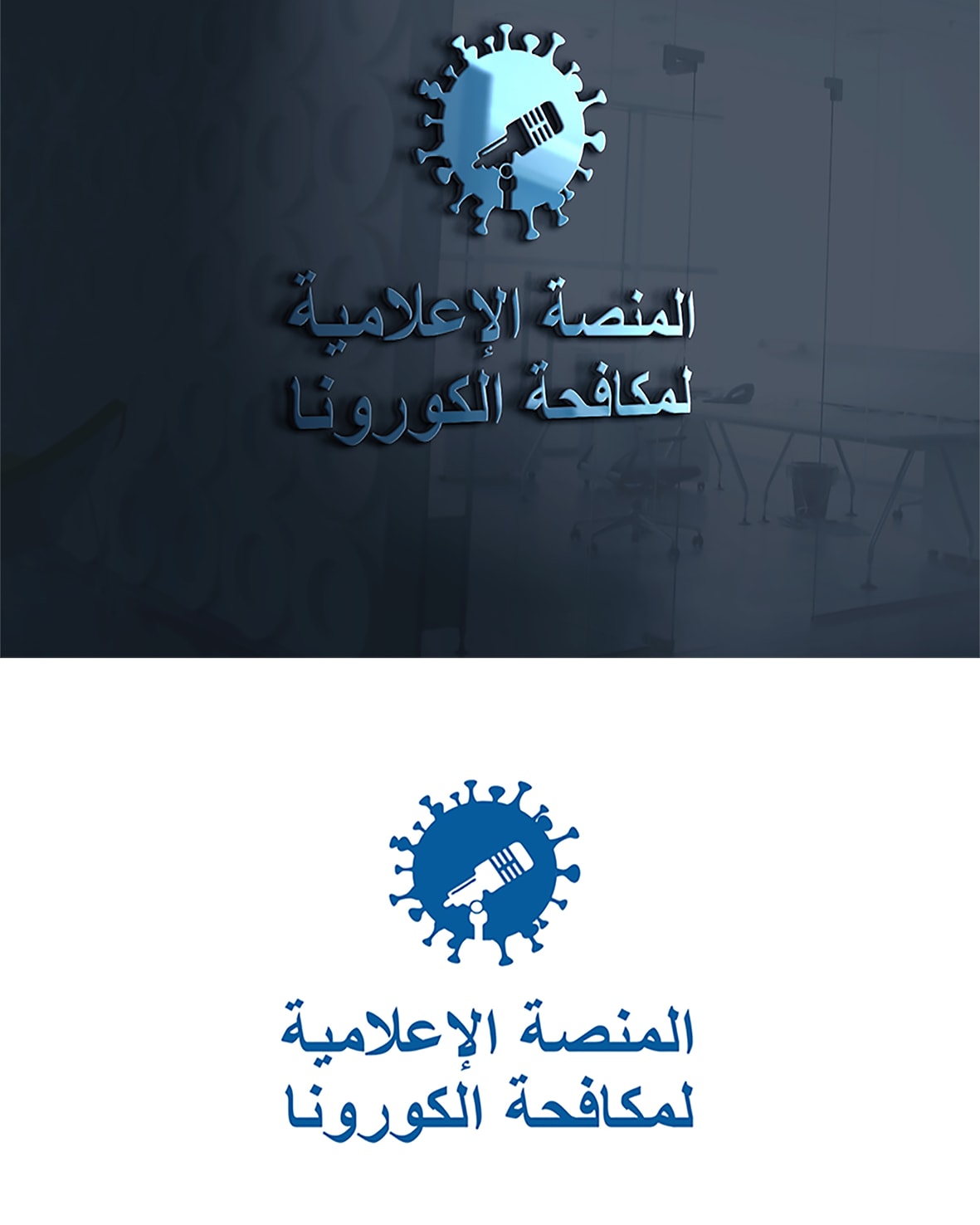Sudan Peace Agreement signed in Juba, the capital city of South Sudan, is considered a giant leap towards comprehensive and lasting peace. The signature ceremony which was attend by regional and international representatives on top of them was the US Administration acquired the commandment of the international community as a whole.
The signature of Sudan Peace Agreement is described as the first step towards sustainable peace and stability not only in Darfur but in all conflict-affects areas in the country.
Obviously the price of the peace is high as there are enormous challenges ahead represented by allocating the required funds to make it a reality and achieve the balanced development.
As an example, the reconstruction of Darfur needs around 750 million US dollars to be settled within ten years .
Another challenges is the reintegration of the armed groups in the national army which also requires funding from the central government so that those armed struggle groups be loyal to the national army, otherwise they will be subject to polarization by hostile parties to the peace process.
The non-signatories to the peace agreement i.e. SPLM-N (Al-Hilu) and SLM (Abdulwahid) have their reservations on the agreement especially in regard to the power/wealth share which has been reached with the Sudanese Revolutionary Front (SRF).
However, the agreement will remain open to include those groups in the peace agreement without violating the constitutional document.





